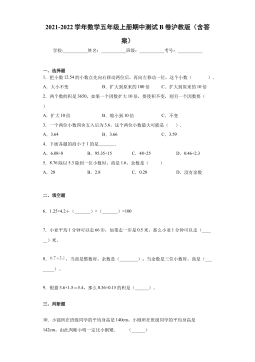第一章 绪论
§3.4.2 西门子 840D 系统中参数编程的实现............................................................................................................................................... 4
§3.5 小结............................................................................................................................................................................................................. 4
第四章 高速数控机床试验台数控系统.......................................................................................................................................................................... 4
§4.1 西门子 840D 系统的功能及特点................................................................................................................................................................ 4
§4.1.1 840D 系统功能.................................................................................................................................................................................. 4
§4.1.2 840D 系统功能特点.......................................................................................................................................................................... 4
§4.2 试验平台控制系统的硬件结构.................................................................................................................................................................. 4
§4.3 系统的软件结构.......................................................................................................................................................................................... 4
§4.3.1 MMC 软件系统................................................................................................................................................................................. 4
§4.3.2 840D NC 软件系统............................................................................................................................................................................ 4
§4.3.3 PLC 软件系统.................................................................................................................................................................................... 4
§4.4 开放的西门子 840D 数控系统.................................................................................................................................................................... 4
§4.5 小结............................................................................................................................................................................................................. 4
第五章 系统应用软件及系统内部通讯.......................................................................................................................................................................... 4
§5.1 OEM 二次开发软件.................................................................................................................................................................................... 4
§5.1.1 OEM 的功能及 OEM 应用程序......................................................................................................................................................... 4
§5.1.2 顺序控制............................................................................................................................................................................................ 4
§5.1.3 界面开发及嵌入................................................................................................................................................................................ 4
§5.2 系统的内部通讯......................................................................................................................................................................................... 4
§5.2.1 动态数据交换.................................................................................................................................................................................... 4
§5.2.2 840D 数据交换服务.......................................................................................................................................................................... 4
§5.3 小结............................................................................................................................................................................................................. 4
第六章 系统运行及加工实例......................................................................................................................................................................................... 4
§6.1 系统软件的运行界面.................................................................................................................................................................................. 4
§6.2 加工实例分析............................................................................................................................................................................................. 4
§6.2.1 圆度误差的数学模型........................................................................................................................................................................ 4
§6.2.2 实例数据分析.................................................................................................................................................................................... 4
§6.3 小结............................................................................................................................................................................................................. 4
第七章 结论.................................................................................................................................................................................................................... 4
§7.1 总结............................................................................................................................................................................................................. 4
§7.2 展望............................................................................................................................................................................................................. 4
参考文献.......................................................................................................................................................................................................................... 4
3

 2024-11-19 13
2024-11-19 13
 2024-11-19 8
2024-11-19 8
 2024-11-19 8
2024-11-19 8
 2024-11-19 10
2024-11-19 10
 2024-11-19 14
2024-11-19 14
 2024-11-19 15
2024-11-19 15
 2024-11-19 11
2024-11-19 11
 2024-11-19 22
2024-11-19 22
 2025-03-18 6
2025-03-18 6
 2025-03-18 6
2025-03-18 6










